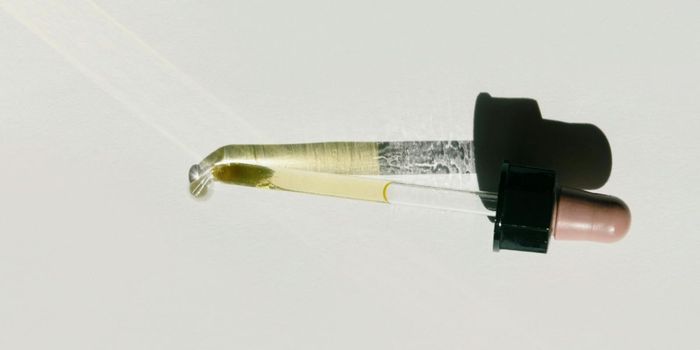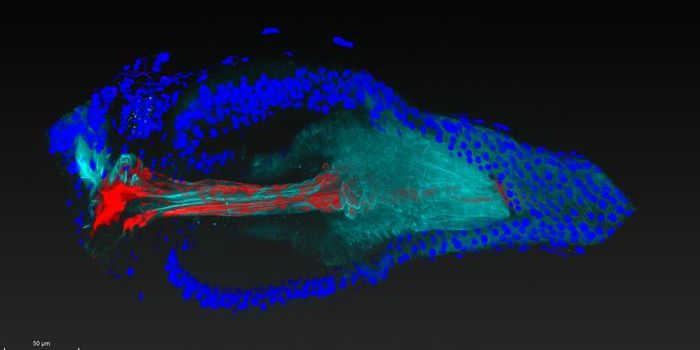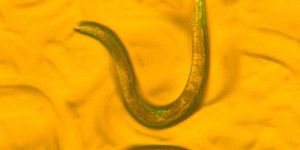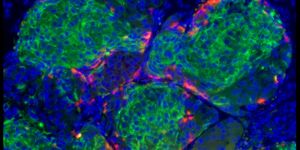Agrin Protein Reverses Damage Done by Heart Attack
Treating the heart after the damage has already been done is difficult, but it’s the only option when a sudden heart attack occurs. It would be monumentally less difficult if the heart tissue could repair itself like the cells of other organisms, but the ability of human heart tissue to renew and regenerate disappears after early development. But what if scientists could bring that ability back to help people recover from heart injury?
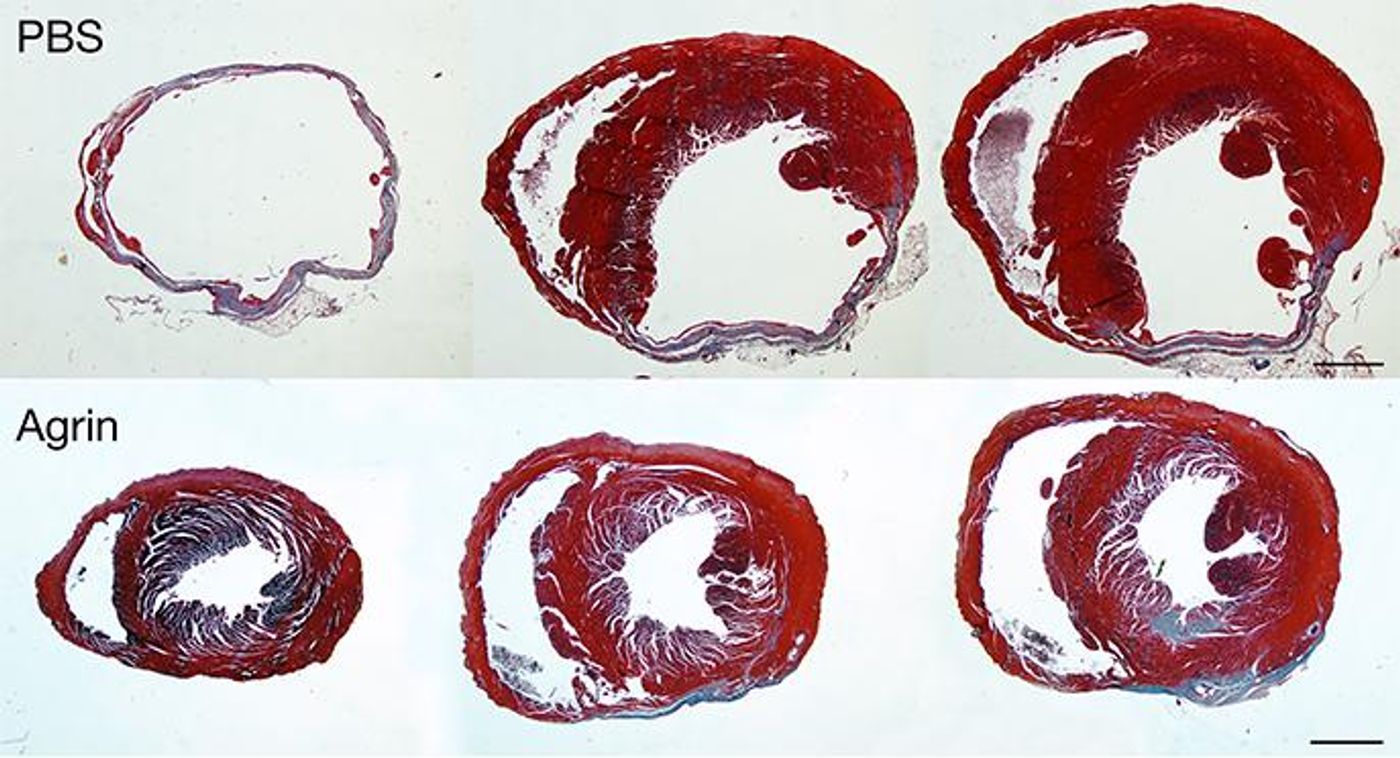
Researchers from the Weizmann Institute of Science have found a protein that might help the cause: Agrin. Their studies have only been done so far in mouse models of disease, but larger animal studies and human cell studies are on the horizon.
The experiments with extracellular matrix
Leader of the study Professor Eldad Tzahor, his graduate student, and the rest of the research team began by investigating the extracellular matrix (ECM), where messages from cell interactions are kept. They isolated ECM from newborn and week-old mice and combined the samples with cardiac cells in culture. They younger ECM but not the older ECM induce proliferation of heart muscle cells.
Next, the screened a series of proteins looking for those that were directly involved in the proliferation response; a protein called Agrin was one of many they found. Agrin has been shown in the past to regulate signals at the neuromuscular junction. Even more, Agrin levels decrease during the first week of life for mice, so its potential connection to heart cell proliferation was not farfetched. Sure enough, Agrin proteins added to cell cultures induced proliferation.
Does Agrin have a therapeutic effect?
With Agrin linked to the proliferation of heart cells, researchers next tested the protein in mouse models of heart injury to see if it could reverse any damage. Miraculously, one injection healed and restored function to almost 100 percent in the mouse hearts. However, it took several more weeks to see a full recovery. Ultimately, researchers saw scar tissue reduced, living heart tissue instead in its place.
"Clearly this molecule sets a chain of events in motion," Tzahor said. "We discovered that it attaches to a previously unstudied receptor on the heart muscle cells, and this binding takes the cells back to a slightly less mature state - closer to that of the embryo - and releases signals that may, among other things, initiate cell division."
What’s next for Agrin
Tzahor believes that Agrin achieves its effect by altering various inflammatory and immune responses to heart attack and by suppressing fibrosis. In the future, he has more plans to study Agrin, including studies in isolated human heart cells, studies in large animal models, and asking this question: Why does it take so long to reach a full recovery when the initial dose proves to be incredibly beneficial?
Understanding what happens after a heart attack
Damaged heart muscle cells replaced with scar tissue following a heart attack, and scar tissue is nearly useless in contributing to contracting and pumping blood. This puts even more stress on the muscle, making future attacks as well as heart failure more likely.
The present study was published in the journal Nature.
Source: Weizmann Institute of Science

